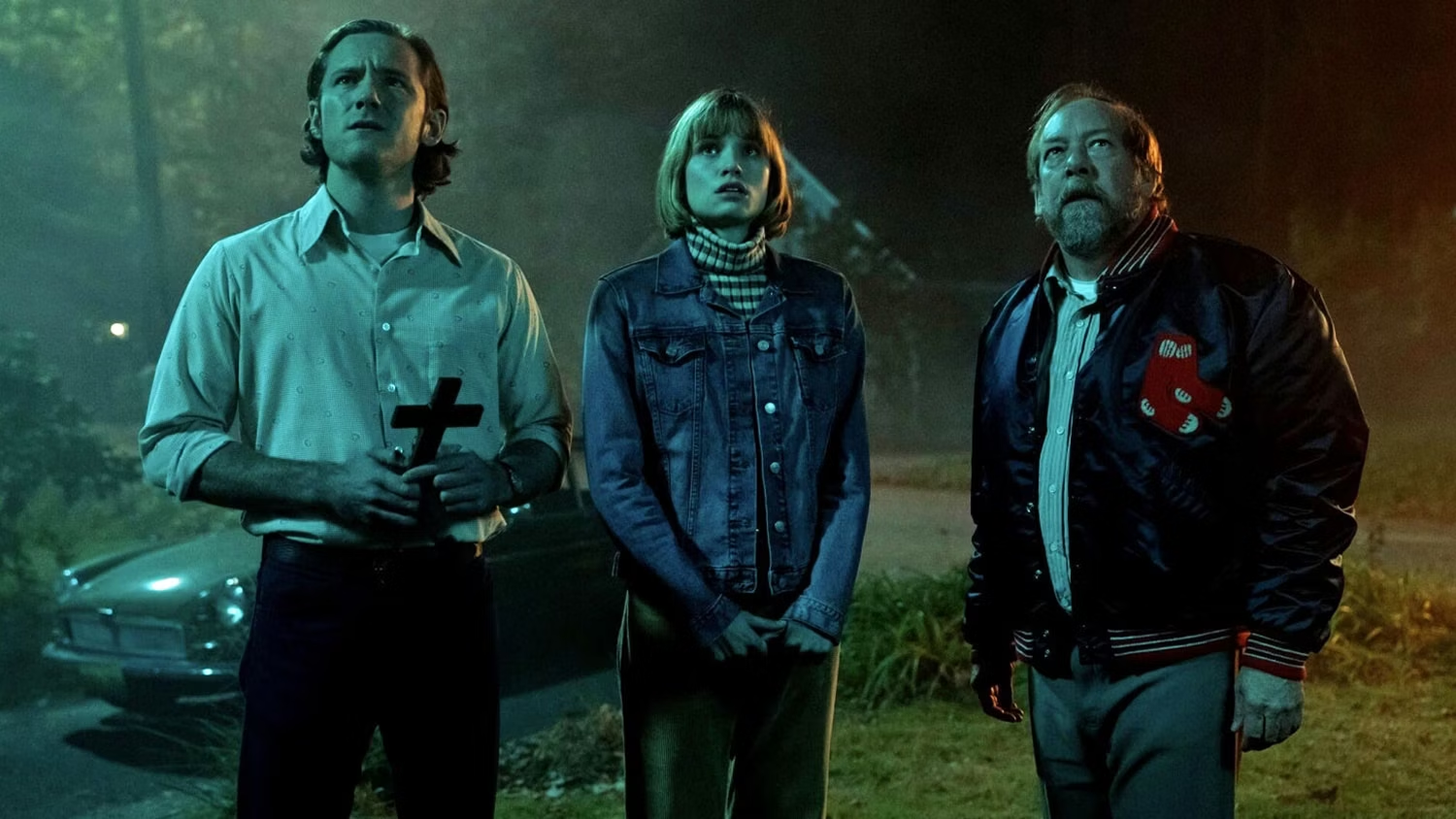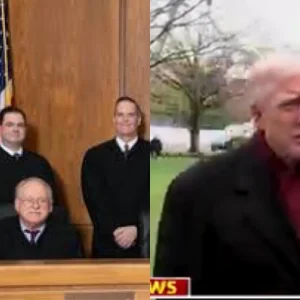Few names in horror fiction carry as much weight as Stephen King, and few of his works have haunted audiences quite like Salem’s Lot. First published in 1975, the novel took the familiar vampire myth and injected it into small-town America, exposing the rot beneath its seemingly peaceful surface. Over the decades, Salem’s Lot has been adapted into multiple screen versions, each attempting to capture the creeping dread of King’s tale.

The Story That Redefined Vampires
At its core, Salem’s Lot is about Ben Mears, a writer who returns to his hometown of Jerusalem’s Lot in Maine, only to discover that the town is slowly being consumed by vampirism. Unlike traditional vampire stories set in gothic castles or distant lands, King places the horror right in the heart of an ordinary American town. This juxtaposition—of the familiar with the monstrous—remains one of the novel’s greatest strengths.
From Page to Screen
The first adaptation came in 1979, directed by Tobe Hooper, who was fresh off The Texas Chain Saw Massacre. Broadcast as a two-part miniseries, it became a cult classic. Hooper’s vision delivered some of the most iconic vampire imagery ever put on television, particularly the chilling scene of a young boy scratching at his friend’s window.
A second miniseries followed in 2004, starring Rob Lowe, which modernized certain elements but struggled to match the eerie atmosphere of Hooper’s version. Today, a highly anticipated new adaptation is in the works, aiming to bring Salem’s Lot to a new generation of horror fans.
Themes of Corruption and Fear
Beneath the supernatural terror, Salem’s Lot explores universal fears: isolation, the decay of community, and the ease with which evil can spread when left unchecked. The vampires are not merely monsters; they represent the erosion of trust, morality, and the bonds that hold people together.
Cultural Impact
Over time, Salem’s Lot has become more than just a vampire story—it is a cornerstone of modern horror. Its influence can be felt in countless films and series, from Fright Night to Midnight Mass. By blending the mythic and the mundane, King showed that true horror lies not in the monsters themselves, but in the way they expose the darkness within us.
Conclusion
As new audiences prepare to encounter Salem’s Lot once again, the story remains as unsettling as ever. Whether on the page or on the screen, it reminds us that horror is most effective when it feels close to home—when evil doesn’t arrive from distant lands, but walks quietly through the streets we thought were safe.





